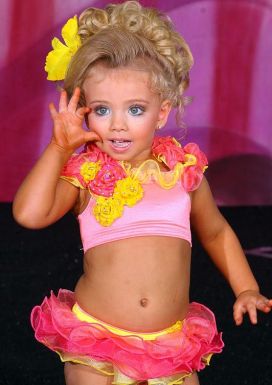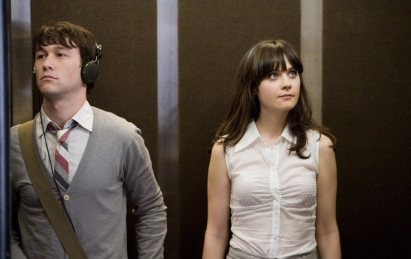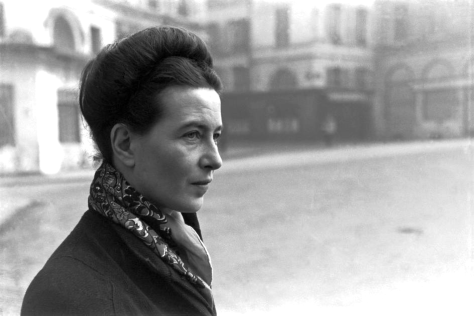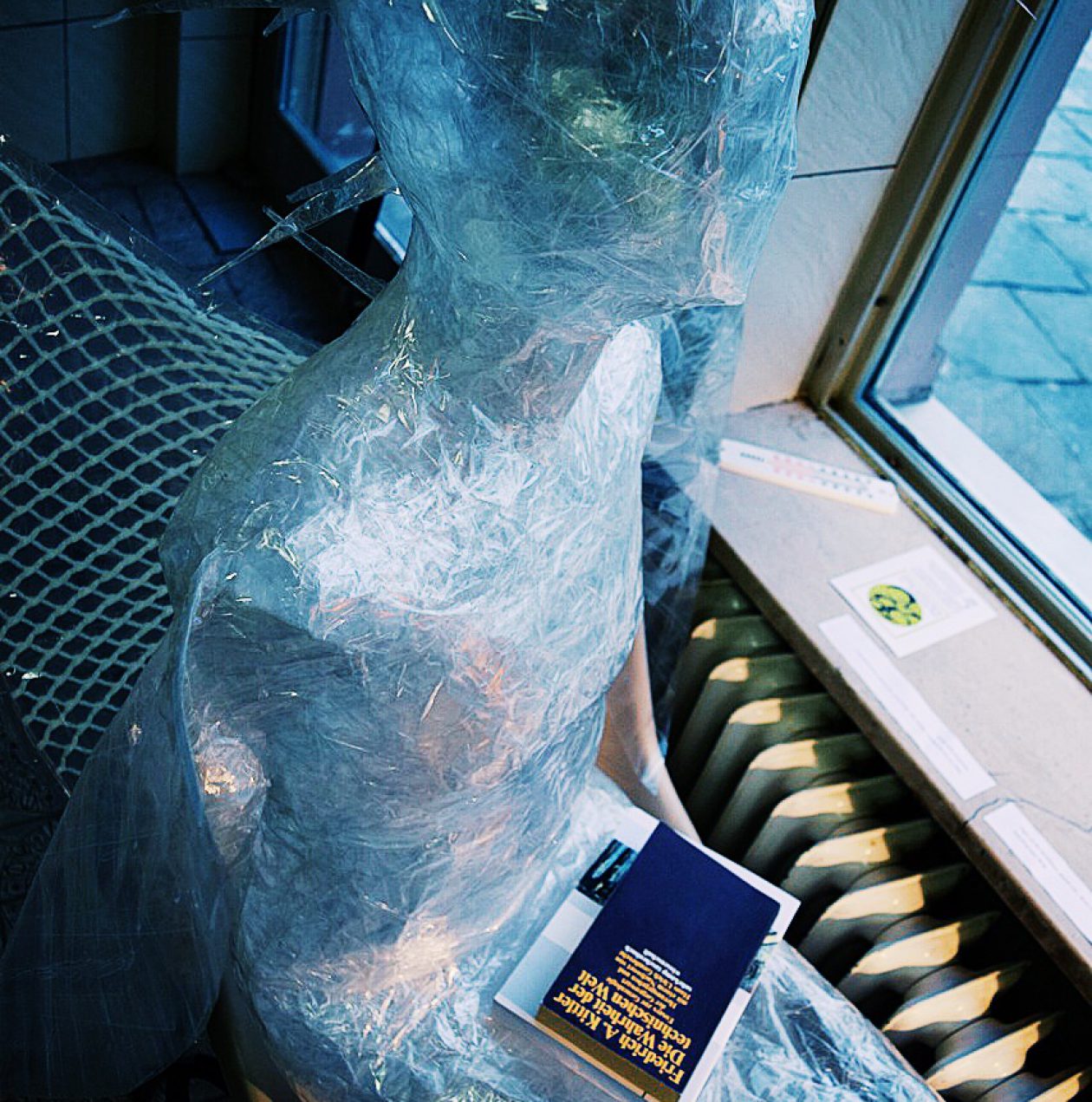THE HUMAN FAMILY STORIES AND “RAPE CULTURE”
The term “rape culture”(which is the theory that incidents of rape are not isolated events, but part of a larger, systemic culture of rape created and encouraged by society) and the term “consent” are both relatively new terms that weren’t present during Salome’s time. However just because these terms were only developed recently doesn’t mean that they can’t be applied to Lou Andreas Salome’s time. Rape Culture has almost always existed, but wasn’t considered a widespread issue until the 1960’s during second wave/radical feminism when the term was created. who believed that women’s inequality was a matter of sexual oppression, that rape was man’s way of exerting “power” over a woman, and that women were raped by the state just as they were by men. However second wave radical feminists had a very simplistic understanding of rape and women’s oppression, seeing it as a matter of men vs women, and have been criticized by later feminists for their essentialist policies. The term “consent” in regard to rape culture only originated within the past 20 years or so, and is a more inclusive word that acknowledges not just rape but any sexual act without consent. Consent workshops have become popular among universities, and are seen as a way of reversing rape culture through education. This has widened the scope of rape culture to include communication, or a lack of in regard to sex. The feminist understanding of rape culture has also expanded over the years to include not just female but male, trans and non gender conforming victims of sexual assault and rape. These themes present themselves during the scene in the scene where Hans Ebling is touching/caressing Edith, while she appears to be sleeping, or at least not entirely awake.
“He glides his hand down, caressing, along her cheek, toward her throat, and slips it under her neck. Far from letting that waken or startle her, Edith seems to have slipped back into the earlier half slumber, from which she had barely awakened. She rests as if in thrall to dreams, and into the pure creature comfort of lying like that, free of will, her limbs relaxed, there comes a strange, unusual sense of well-being that she has never known but that she now feels she has always longed for— weak, dreamy, like the fragrance of roses that envelops her (pp. 13-14)
“Hans Ebling is lying on the floor and kissing Edith. He kisses her hands, her shoulders, her lips. Once he gives her lips a long, intense kiss, without her making a move. He does not know whether she is asleep, whether she is awake, whether she is dreaming. He feels under his hands the calm, measured beats of her heart and how gently her breath heaves her youthful breast (p.14)
In the first passage Edith appears to enjoy his touch and take comfort from it, although she doesn’t reciprocate his affections and is in a “half slumber”. However it’s likely Edith has learned to accept the physical affection of men even if she doesn’t want to be touched, since she has been socialized to believe that men are always the initiators and in turn women are to be receptive to mens physical desires. Thus women were unaware of their capacity for mutual sexual fulfillment and pleasure. she enjoys lying there, “free of will”, and feels content being enveloped by this “weak” and “dreamy” sensation. In the second passage Hans Ebling doesn’t know whether Edith is asleep or awake, nor does he care. IT appears Hans Ebling finds her most attractive when she is asleep. The less that Edith reciprocates his affections, the stronger his desire to touch her. Thus he doesn’t see her as an autonomous human being capable of asserting herself and having her own desires, but rather as a mirror to project his own desires, and his own “manhood”. The passage almost glorifies and romanticizes the lack of consent between Edith and Hans Ebling- for although Edith makes no verbal protest toward Hans Ebling and even seems to enjoy his touch, her body language and inactivity state otherwise. It seems she is playing the part of the helpless, vulnerable female mainly to appease him. However as stated earlier consent and rape culture were not around during Lou Andreas Salome’s time, since rape and non-consensual sex were widespread and greatly normalized in society, thus she is probably depicting a common scenario, as opposed to making a statement about “consent”.
THE HUMAN FAMILY STORIES AND PEDOPHILE CULTURE
The term “Pedophile Culture” is also a newly created term that relates in part to rape culture, since it is the theory that pedophilia is a systemic issue, exacerbated by societal factors. which is the notion the pedophilia stems from the media and their portrayal/sexualization of children- essentially that it isn’t an isolated incident, but related to a larger societal problem. Although there are no actual incidences of pedophilia within the text- the female characters are still expected to present themselves as being innocent, submissive, small, fragile- essentially they are expected to present themselves as children. Qualities such as a having a larger waist/curvier physique, being sexually developed- qualities that a more mature woman would have, are not seen as attractive. The infantilization of women and the fetishization of childlike features are both reflections of pedophile culture.
“This she knows: thats how Klaus does it, too,” he thinks and feels angry, “I seem to be behaving quite paternally- already able to play the father. And she feels childlike while i do so- still able to play the child. Thus do the two extremes meet and seduce each other.” (p.13)
The article “You’ve heard of Rape Culture, but have you heard of Pedophile Culture?” by Alicen Grey details the prominence of pedophilia within Western media. The article is an open letter responding Todd Nickerson, who wrote an article stating “I’m a pedophile, but not a monster”. Nickerson, in his defence, stated his attraction to young girls is encouraged by society. According to the author,”pedophilia may seem taboo and despised by the masses, but an honest appraisal of our culture at large reveals otherwise. I propose that pedophilia is actually rewarded and celebrated, and that our entire culture and understanding of sexuality is constructed around what seem to be pedophilic desires. I call this “pedophile culture”. One example of pedophile culture is the “teen” category seen in pornography. According to statistics released by Porn Hub, “Teen” was the most popular category on the site. This includes “barely legal” girls usually acting as naughty school girls or virginal step daughters. Another example is the prominence of child beauty pageants, and the sexualization of contestants, most of whom are pre pubescent young girls. Thus pedophile culture is the normalization of women being reduced to disempowered children, and children being seen as sexual objects (Grey, 2015). These themes also relate back to how the male characters in the story seem to project their desires onto the female characters. By reducing them to children, they have more permission to display their authority and dominance over the female characters.


THE HUMAN FAMILY STORIES AND THE MANIC PIXIE DREAM GIRL
Many of our ideas regarding gender stereotypes can also be related back to popular media, in the form of films, television, literature, etc. In the article “The Real World Consequences of the Manic Pixie Dream Girl Cliche”the author discusses the common film trope of the “Manic Pixie Dream girl” and it’s real world implications. There are many connections to bd made not only with the characters in “The Human family: Stories” but also the life that Lou Andreas Salome herself led. The “Manic Pixie Dream girl” is typically the love interest of, in the words of Nathan Rabin who coined the term, “broodingly soulful young men”, who are taught to “embrace life and it’s infinite mysteries” by the magical, eccentric nature of the manic pixie dream girl. Examples of manic pixie dream girls in popular films include “Summer” played by Zooey Deschanel in “500 Days of Summer”, “Sam” played by Natalie Portman in “Garden State”, and “Claire” played by Kirsten Dunst in “Elizabethtown”(Schwyzer, 2013). Salome herself fluttered in and out of the lives of “brooding male” intellectuals and seemed to have an uplifting, feminine influence over their lives. She has been written in history as a femme fatale, and was always pursued at one point or another by a man enchanted by her “free spirited ness”. There are many problems with the manic pixie dream girl- first she is always depicted as the secondary character- her role is to inspire the main character, or the male protagonist. Her character development, as eccentric and dynamic as she may seem, is limited to that of the male protagonist, and she is used only to move the plot forward. This criticism of the “manic pixie dream girl” could apply to how we view Salome’s life, since we primarily associate her with the male intellectuals and that she inspired, but we have trouble isolating her from these encounters and seeing her as an independent “protagonist” within her own narrative.
There are also connections to be made with the “Manic Pixie Dream Girl”and many of the characters in the novel. The way that the male characters “idolize” the female characters (for example Hans Ebling and Edith) is similar to how the Male protagonist would idolize the Manic Pixie Dream girl. Not only using her as a projection for his own internal struggles/angst, but also expecting her to inspire him out of his misery. He adores her girlish novelty and charm, but doesn’t see her as a multi dimensional human being.


THE HUMAN FAMILY STORIES AND SECOND WAVE FEMINISM
Although topics such as “Rape culture” were already discussed, Lou Andreas Salome foreshadowed many other themes from 2nd wave feminism in “The Human Family:Stories”. These themes/topics revolve around the confinements of women in their gender roles, mainly in relation to their sexual purpose/depiction, and the discrimination they face within the workforce/their political and economic rights.
Betty Friedan published “The Feminine Mystique” in 1963. The text was one of the primary catalysts for second wave feminism, and an integral part of the feminist “canon”. Friedan talks of her experience as a housewife, and the unrealistic expectations she tried to live up to in the process, only to find it was an empty, shallow experience, over shadowed by the “feminine mystique”. In the text she also deconstructs Maslow’s hierarchy of needs, stating that while men can reach the highest level of self actualization, women are trapped at the physiological level, and are limited to their sexual role. An example this is women and their depictions in film- men are often the protagonist, whereas women are often the secondary characters (which relates back to the Manic Pixie Dream Girl), either as a romantic interest (thus fulfilling their sexual role) or aiding the male protagonist in some other way. However depictions of female protagonists without a romantic sub plot are much harder to find.
Lou Andreas Salome is ahead of her time in her foreshadowing of “the feminine mystique” in the human family stories. For example while Hildegard dreams of flying, she dreams of escaping the entrapments of the feminine mystique and it’s confinements upon her as a housewife. Another example is when Marfa becomes a doctor and beings prioritizing her career, and as a result loses respect from her old teacher/love interest, who wants her to play a subordinate role. The women in the human family stories long to fully “self actualize” but can’t, due to the confinements of their gender and environment.
Source: https://www.youtube.com/watch?v=iDZh3nY9clY
The above link is an interview with Betty Friedan on some of the concepts within her book.
Another important text in regard to second wave feminism is Simone De Beauvoir’s “The Second Sex”. The book states that women are the “other”, while men are the default. She was also one of the first to deconstruct how we learn to become our gender by stating “One is not born, but rather becomes a woman”. Her book, similar to Friedan’s,(in fact the Feminine Mystique was partially inspired by the Second Sex) also talks of women being in an existential crisis (De Beauvoir herself is also an existentialist philosopher) and questions the true nature of women, using examples throughout history. She states that women were confined by their ability to sex and their ability to reproduce. The book also helped to inspire writers such as Judith Butler, who continued the work of De Beauvoir by deconstructing gender politics and the creation gender roles.

works cited: Beauvoir, Simone de. The Second Sex. Vintage Classic, 1949.
Friedan, Betty. The Feminine Mystique. W.W. Norton & Company, 1963.
Grey, Alicen. “You’ve Heard of Rape Culture, but Have You Heard of Pedophile Culture?” Feminist Current, 13 Oct. 2015, http://www.feministcurrent.com/2015/09/28/youve-heard-of-rape-culture-but-have-you-heard-of-pedophile-culture/.editmore horizontal
Schwyzer, Hugo. “The Real-World Consequences of the Manic Pixie Dream Girl Cliché.” The Atlantic, Atlantic Media Company, 9 July 2013, http://www.theatlantic.com/sexes/archive/2013/07/the-real-world-consequences-of-the-manic-pixie- dream-girl-clich-233/277645/.
